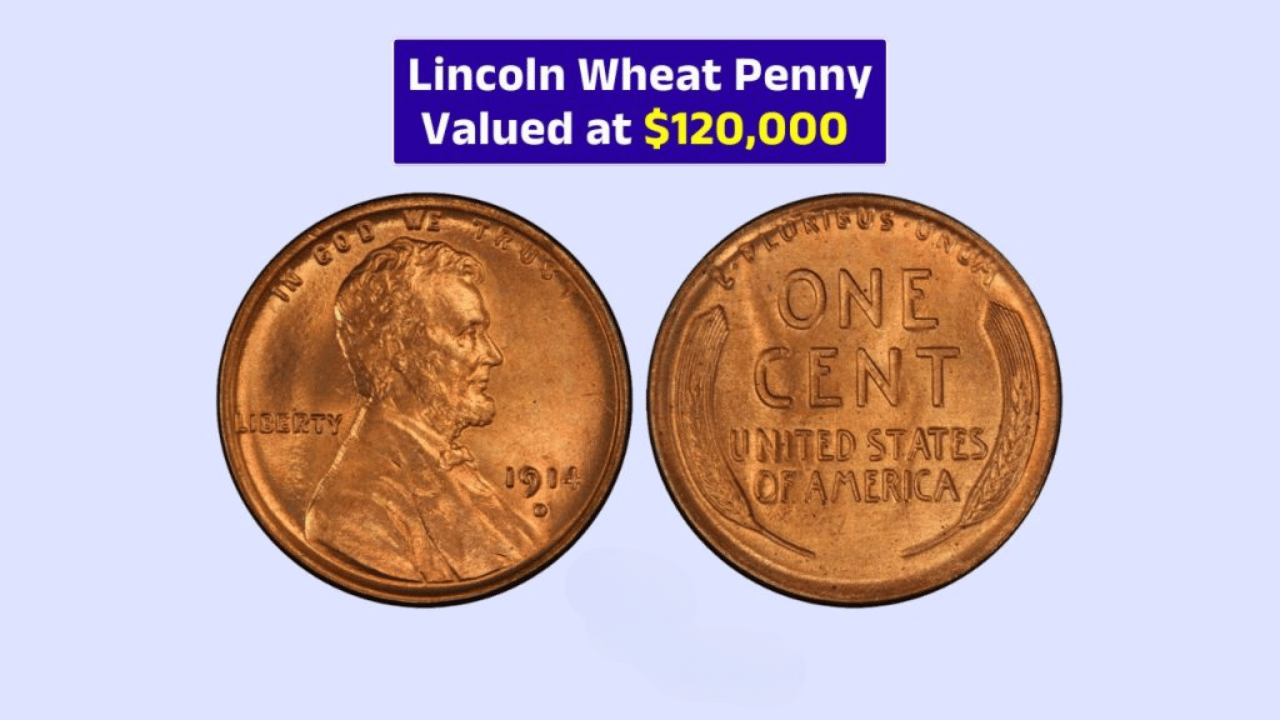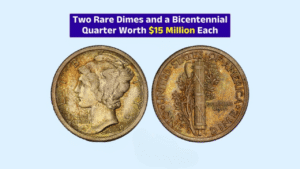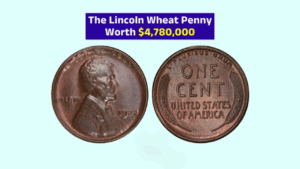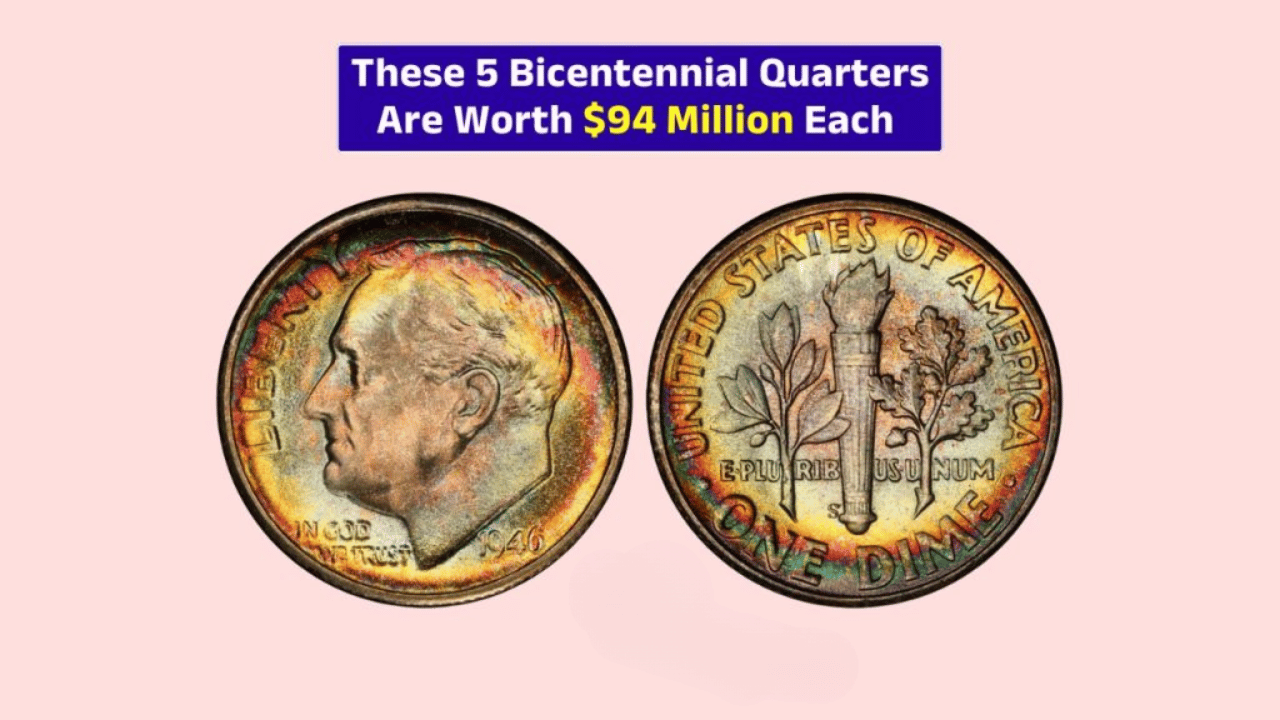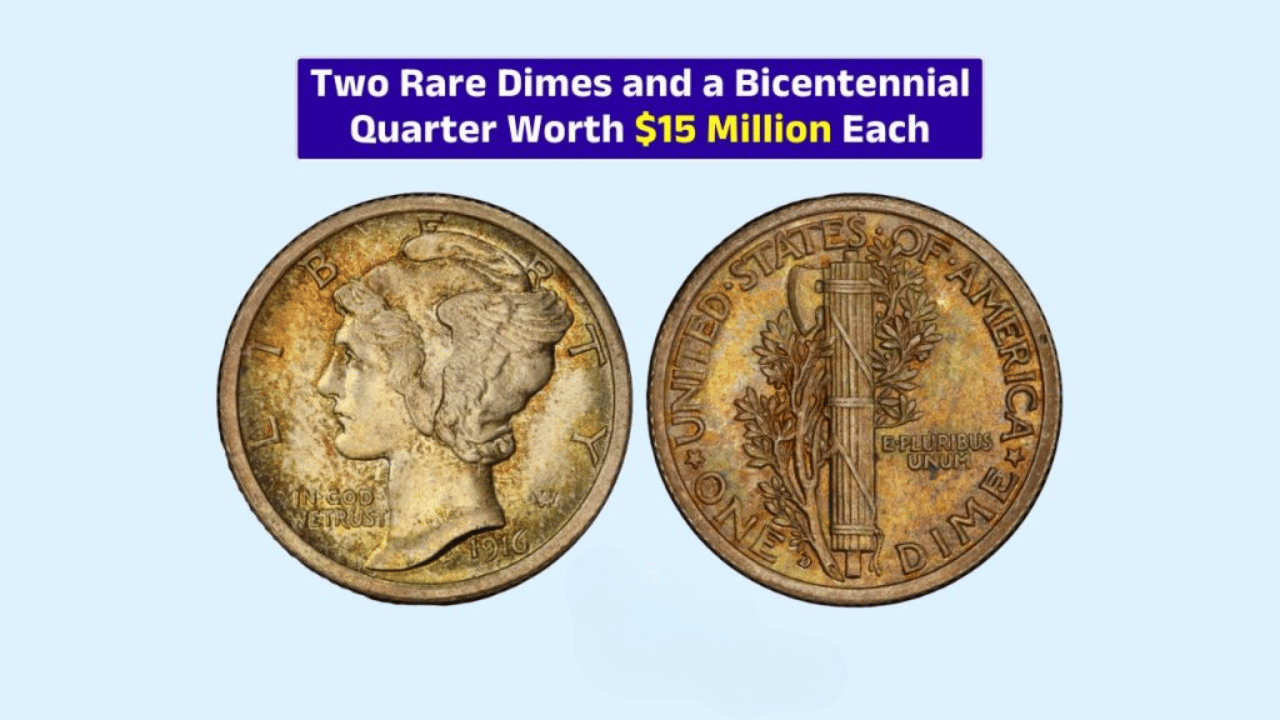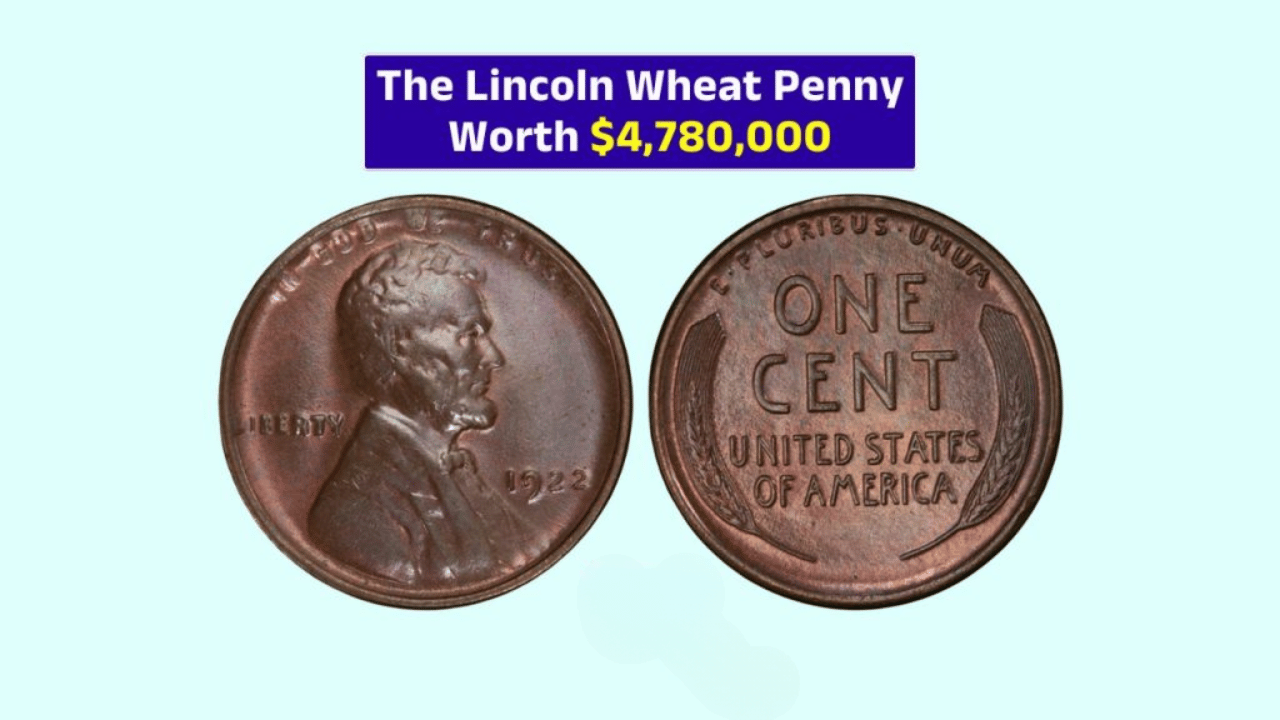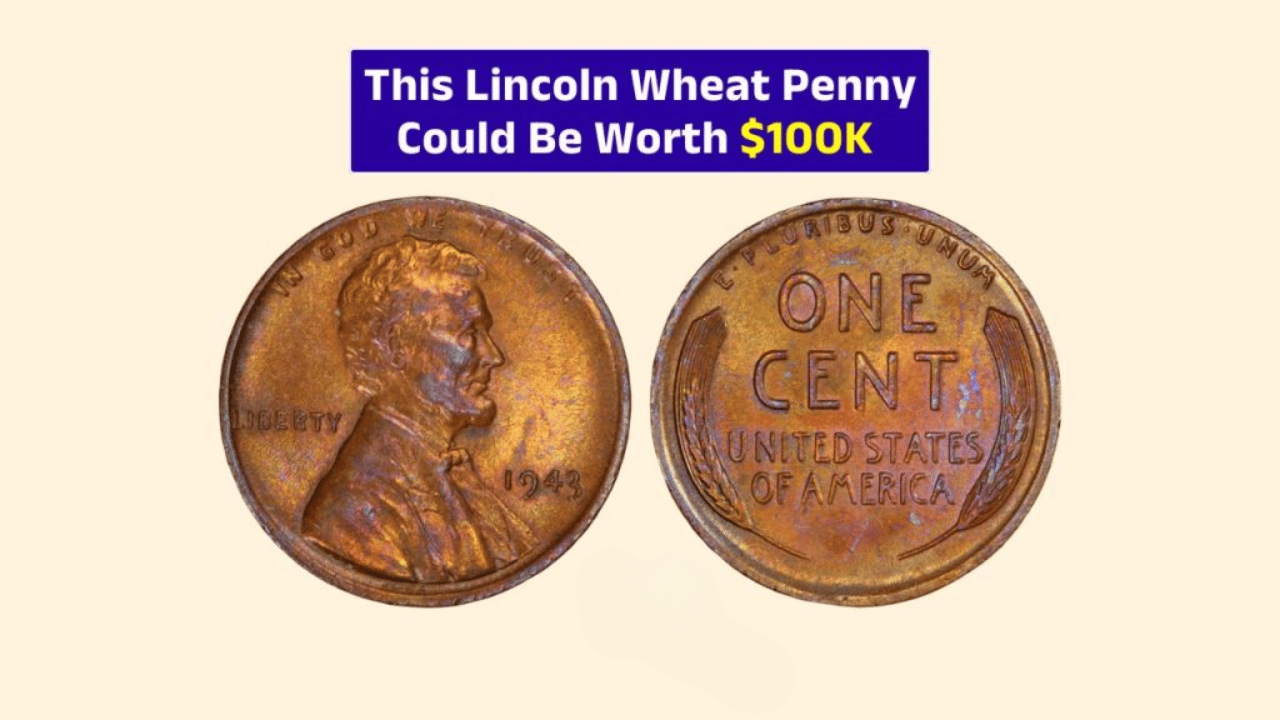It’s easy to overlook the humble penny, but not all one-cent coins are created equal. One rare example—the 1914-D Lincoln Wheat Penny—has earned legendary status among collectors, thanks to its rarity, historical value, and sky-high auction prices. With just over 1.1 million produced at the Denver Mint, this century-old coin can be worth as much as $120,000 today.
And yes, there’s a small chance it could be hiding in a forgotten jar of change.
What Makes the 1914-D Wheat Penny So Special?
In the world of Lincoln cents, the 1914-D is a key date. While most pennies of that era had mintages in the tens or hundreds of millions, this one had just 1,193,000 coins struck—an extremely low number for the time.
But rarity alone doesn’t tell the whole story. What really pushes the 1914-D into elite territory is the fact that most of these pennies were put into circulation and used for decades, leaving very few in high-grade condition today. That scarcity of well-preserved examples is what drives the value.
Condition Is Everything
Most 1914-D pennies you’ll encounter show heavy wear. However, a coin in Mint State (MS) condition—with sharp details, minimal surface damage, and no cleaning—can command staggering prices.
In 2023, one MS-65 Red example sold for $120,000, reflecting both its pristine condition and demand among collectors. Even coins in Good to Fine condition are valuable.
Approximate Value by Grade
| Grade | Estimated Value |
|---|---|
| Good (G-4) | $200 – $300 |
| Fine (F-12) | $500 – $750 |
| Very Fine (VF-20) | $800 – $1,200 |
| Extremely Fine (EF-40) | $1,500 – $2,500 |
| About Uncirculated (AU-50) | $3,000 – $6,000 |
| Mint State (MS-60+) | $10,000 – $120,000+ |
Design Details
The 1914-D Wheat Penny was designed by Victor D. Brenner, the same artist behind the entire Lincoln Wheat series. The obverse features Abraham Lincoln’s portrait, while the reverse shows two stylized wheat stalks, representing prosperity.
What sets this coin apart visually is the small “D” mintmark, located just below the date on the front—indicating it was minted in Denver.
Why the Market Loves It
The 1914-D isn’t just rare; it’s iconic. It’s widely recognized as one of the “Big Four” key dates in the Lincoln cent series, along with the 1909-S VDB, 1922 No D, and 1931-S. Owning one is a status symbol in the numismatic community.
It’s also relatively accessible in lower grades, making it appealing to both casual and serious collectors. But the few high-grade specimens out there? That’s where the big money lives.
How to Know If You Have One
If you’ve got a Wheat Penny dated 1914 with a small “D” under the year, don’t clean it—that can dramatically reduce its value. Instead:
- Compare it to verified images online or in coin reference books.
- Check for signs of wear and authenticity.
- Submit it to a professional grading service like PCGS or NGC.
Even a well-worn 1914-D can be worth several hundred dollars, so it’s worth getting it evaluated professionally.
The 1914-D Lincoln Wheat Penny is more than a collector’s item—it’s a piece of American history that has not only survived over a century but also grown dramatically in value. Whether you’re a seasoned coin collector or just stumbled across some old change, it’s coins like this that prove even a penny can be worth a fortune.
FAQs
Why is the 1914-D Lincoln Penny so valuable?
Its low mintage of just 1.1 million and the fact that most were heavily circulated makes high-grade examples extremely rare.
What does the “D” stand for on the penny?
It indicates the coin was minted in Denver.
How much is a circulated 1914-D penny worth?
Depending on condition, it could be worth $200 to $6,000.
What does the coin look like?
It features Lincoln on the front and wheat stalks on the reverse, with a small “D” mintmark beneath the date.
